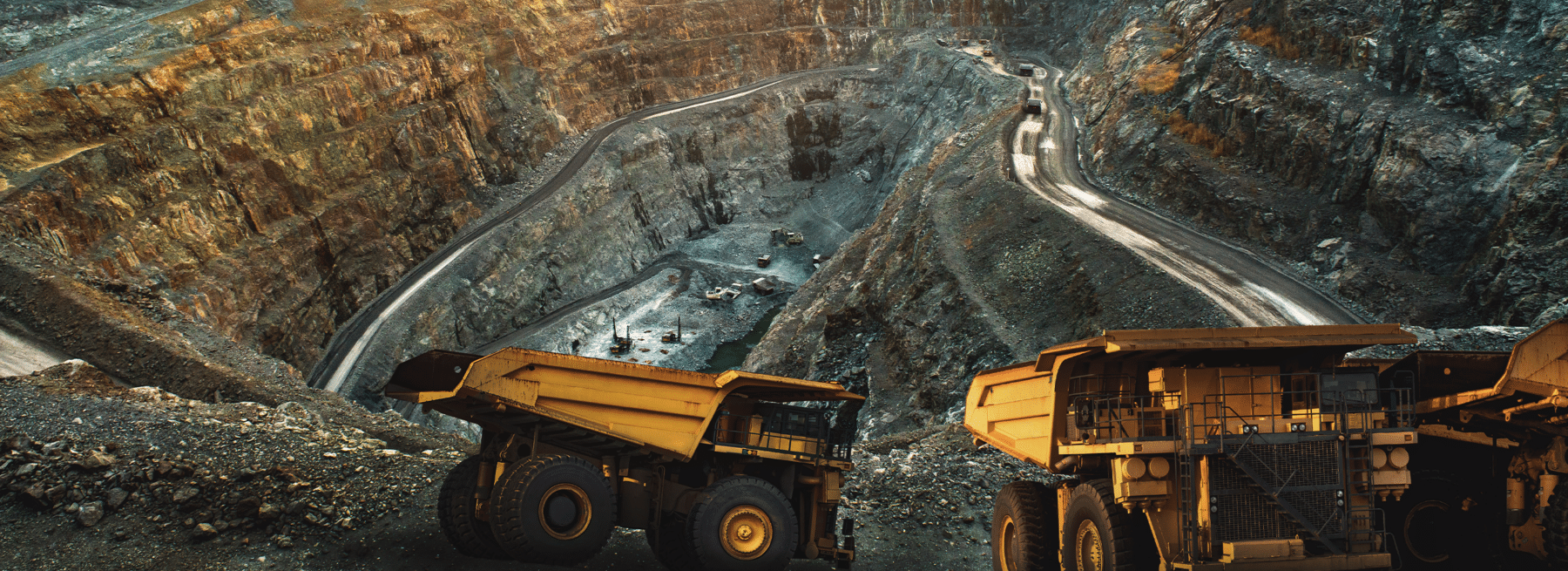Thanks to their prominent role in energy, the metals and mining industries are enjoying extraordinary growth. Minerals fuel solar panels, electric vehicles, wind turbines, and energy-related technologies. The International Energy Agency’s first annual IEA Critical Minerals Market Review reveals key market trends explaining its significant rise.
Here are the key trends driving the demand for minerals.
- Electric car sales jump by 60% in 2022.
- Massive increase in solar photovoltaic (PV) installations.
- Tripled demand for lithium in the energy sector.
- Cobalt demand climbed by 70%.
- Nickel demand jumped by 40%.
- Energy transitions minerals market reached $320 billion in 2022.
IEA has created an online Critical Minerals Data Explorer. It shows projections on the global demand for 37 minerals needed in clean energy transitions. This interactive tool provides quantitative data and projections on the availability of specific metals and minerals. Users can browse demand by key minerals, by a specific mineral, and by technology.
The key minerals include copper, cobalt, lithium, nickel, and neodymium. The database has three scenarios in which you can browse the data. These scenarios include announced pledges, stated policies, and net zero emissions by 2050. The “by mineral” dashboard has the same three scenarios. In this case, you can browse for other minerals like boron, graphite, lead, silicon, and titanium.
The “by technology” dashboard contains all three scenarios for electric vehicles (EV), electric networks, grid battery storage, hydrogen technologies, solar PV, and wind. You can even download the critical minerals demand dataset to look at the data behind the database.
Metals and mining businesses will want to check this database regularly as it’s updated to align with the latest energy projects based on the Global Energy and Climate Model from IEA. A future update will include long-term supply projection data.
The Top Risks and Opportunities in Metals and Mining
There are many risks and opportunities in the metals and mining industry.
“If all planned critical mineral projects worldwide are realized, supply could be sufficient to support the national climate pledges announced by governments, according to the IEA’s analysis,” writes IEA. “However, the risk of project delays and technology-specific shortfalls leave little room for complacency about the adequacy of supply. And more projects would in any case be needed by 2030 in a scenario that limits global warming to 1.5 °C.”
That said, here are the top things to know about the metals and mining industry.
1. Prioritize environmental, social, and governance (ESG)
ESG is no longer a checkbox exercise and it’s about much more than sustainability. The purpose of ESG is to increase efficiencies in energy, water, and waste. The highest ESG risk in the metals and mining industry is water stewardship. It’s a priority because humans have a right to access clean water. Metals and mining companies need to ensure they don’t contaminate water resources during operations.
Sustainability investing is a huge market. This can be a potential source of financing for some metals and mining companies. Global sustainable investments grew 15% between 2018 and 2020 for a total of $35.3 trillion according to Advisor Channel.
One of the most overlooked opportunities is the circular economy. Most mining operations mine, process, and dispose. This doesn’t support ESG efforts. A circular economy is more sustainable as it involves mining, processing, using, and recycling or reusing. This approach can lead to new opportunities.
For example, when products reach the end of their life, the mining company can add a new model in which they collect the end-of-life products and recycle or reuse them. The Advisor Channel article states that relying on renewables and reducing energy demand saves money, reduces pollution, and extends the quality of life. It’s a win-win proposition.
2. Stay on top of new policies
Most countries have policies and regulations around sustainability and climate change. Some of the regulations affect mining and metals as policymakers prioritize greener processes like the circular economy. Mining companies need to pay attention to taxes and carbon regulation.
Furthermore, governments are looking for ways to capitalize on higher commodity prices through mining royalties. The metals and mining industry is a commodity market that requires cooperation among multiple countries. China is one of them because of its role in trade and its attempts to boost its bargaining power.
Many countries want to diversify mineral supplies to ensure there are enough sustainable supplies available. They’re achieving this by creating and implementing new policies. IEA has a critical minerals policy tracker that has found almost 200 policies and regulations around the world. More than 100 of them just went into effect in recent years.
Part of the reason for accelerating the energy transition is climate change. Governments are working to mitigate the damage associated with climate change by creating and enforcing policies focused on renewables. These policies aim to increase investment in minerals production, motivate companies to support local industries, and encourage partnerships with friendly countries.
3. Work on decarbonization targets
Many mining and metals companies are being pressured to attain net zero to reach decarbonization targets. Some may have gotten started late, which puts their reputation at risk as well as the risk of getting investors. Customers and investors care about sustainability. They tend to buy and invest in companies that prioritize net zero activities.
Unfortunately, the IEA says the industry has not made much progress in terms of greenhouse gas emissions as the number of tons of material output has not changed. Between 2018 and 2021, water withdrawals almost doubled. A lot of work needs to be done to improve sustainable and responsible practices.
4. Focus on rising costs and productivity
If the pandemic has taught the metals and mining industry anything, it’s that flexibility propels productivity. Inflation and supply chain breakdowns have driven up the cost of energy. Oil, gas, and coal costs skyrocketed in 2022. Mining is contending with higher input costs, which have an impact on margins.
The good news is that most metals and mining companies haven’t seen a decline in labor or asset productivity. The added challenge of reducing the carbon footprint associated with ESG goals and achieving demand forecasts are at war with each other. Executives must make hard decisions about productivity and meeting sustainability goals.
Other than trying to educate and lobby their governments, metals and mining companies can’t do a lot about government policies. They also have no control over inflation and rising costs. However, they do have the power to make progress with their ESG and net zero goals. They also have the ability to control costs. Remote video surveillance can help. And at the same time, it can boost mining safety.
Remote Video Surveillance Helps Metals and Mining
Remote video surveillance comes with multiple business benefits other than security. Investing in remote video surveillance can help metals and mining companies in many ways including reaching their ESG and decarbonization goals.
Posting security cameras around the metals and mining property can help catch potential problems with energy and water waste early. The security camera’s 30,000-feet view of the facility can spot potential improvement opportunities.
Besides monitoring for ESG problems, security cameras can deliver these advantages:
- Help deter crime and limit damage.
- Help cut risk and liability.
- Help reduce insurance premiums.
- Improve operational efficiencies.
- Find problem areas affecting ESG and net zero goals.
The supply chain challenges have driven up the costs of materials and equipment, making it even more crucial to prevent theft and vandalism. Replacing stolen and damaged assets and equipment can cost far more than protecting them. Video surveillance with remote monitoring is very affordable. Many Stealth Monitoring clients get a ROI within months.
The appearance alone of security surveillance cameras can help prevent crime and damage. It also helps cut risks and liability as having eyes on the property at all times helps to ensure any potential problem is caught early.
Video surveillance with monitoring involving human intelligence and video analytics can level up security. Analytics can simultaneously scan the entire property to find a match to any one of its many programmed scenarios. When it identifies a match, the system notifies the monitoring operator who checks out the video.
Monitoring operators can warn intruders using the remote speaker that allows them to talk to anyone onsite without being there in person. They’re in a location away from the metals and mining facility. Their lives are not at risk. This allows them to make better decisions quickly. If the warning doesn’t scare off the trespassers, then the monitor can contact local police dispatch.
Additionally, adding security cameras and remote monitoring can lead to reduced premiums. They show insurance companies that the metals and mining facility has taken steps to lower its risk.
How do you find the right security vendor with experience in metals and mining? Here’s a video surveillance safety checklist that contains a list of things to consider. Want to learn more about video surveillance for metals and mining? Check out the top 6 challenges in mining and get steps to overcome these challenges. Every mining and metals operation is unique, so security, safety, and oversight solutions must be tailored for each business. To learn more, contact us today and speak with a metals and mining security specialist for a free quote.
Texas Private Security License Number: B14187
California Alarm Operator License Number: ACO7876
Florida Alarm System Contractor I License Number: EF20001598
Tennessee Alarm Contracting Company License Number: 2294
Virginia Private Security Services Business License Number: 11-19499
Alabama Electronic Security License # 002116
Canada TSBC License: LEL0200704

